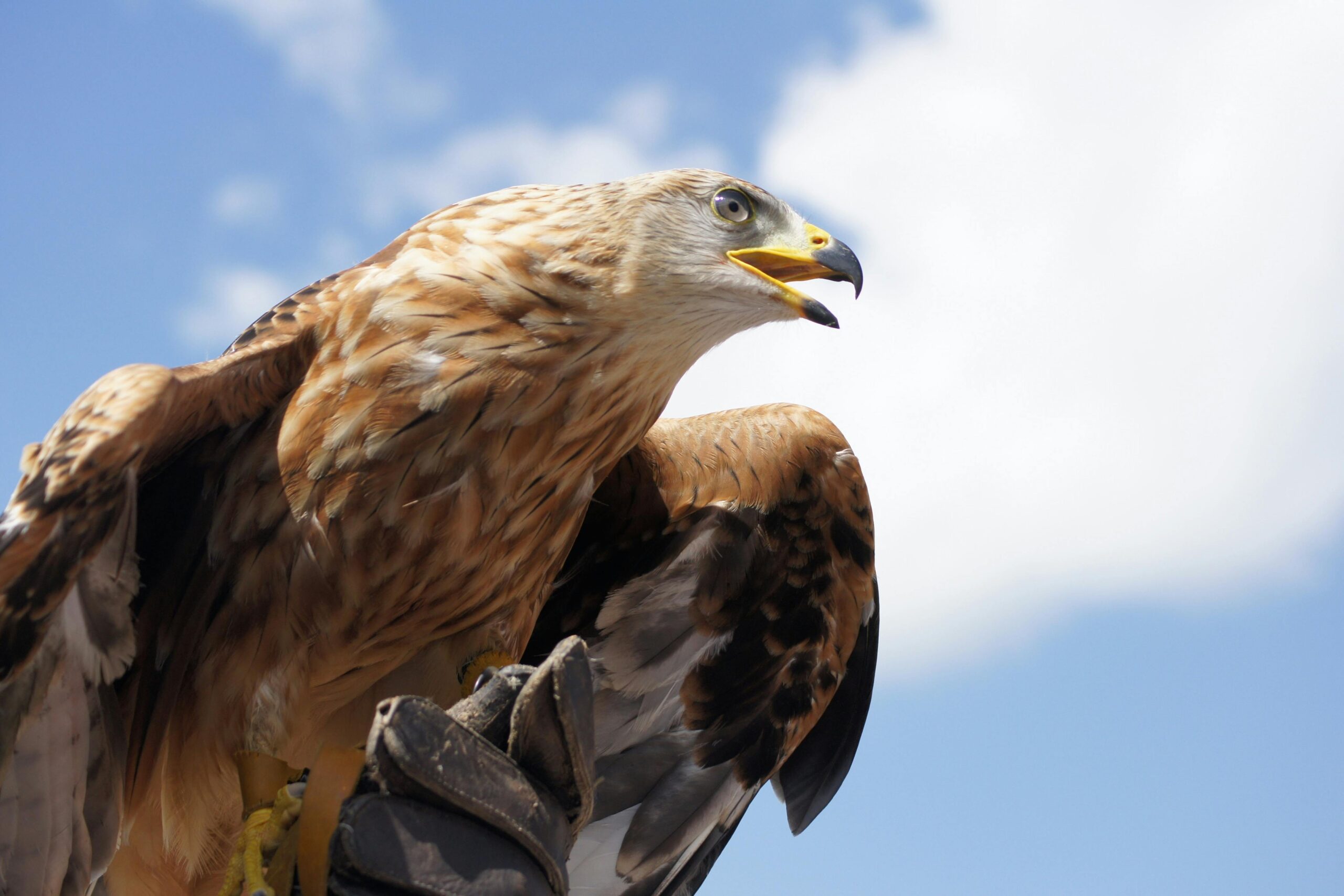Golden Eagles are majestic birds of prey known for their impressive hunting skills and voracious appetites. These magnificent raptors require a significant amount of food to sustain their active lifestyles and support their large bodies. In this comprehensive blog post, we’ll delve into the details of how much Golden Eagles typically consume on a daily basis.
The Average Daily Intake of Golden Eagles
According to the information provided, the average adult male Golden Eagle, weighing around 8.1 pounds, needs to consume approximately 0.5 pounds of meat per day to meet its energy requirements. On the other hand, an adult female Golden Eagle, with an average weight of 11.4 pounds, requires a slightly higher daily intake of around 0.7 pounds of meat.
It’s important to note that these figures represent the average daily consumption, and individual Golden Eagles may have slightly different dietary needs based on factors such as age, activity level, and environmental conditions.
Hunting Success and Feeding Patterns
Golden Eagles are known for their exceptional hunting skills, with studies in Idaho showing a success rate of 20% out of 115 hunting attempts. These birds of prey employ a variety of hunting strategies, including ambushing prey from high perches or flying low over slopes to detect and capture their targets.
Interestingly, Golden Eagles can go without food for up to a week and then consume a substantial amount of up to 900 grams (2.0 pounds) in a single sitting. This adaptability allows them to cope with periods of food scarcity and take advantage of abundant prey when available.
Diurnal Feeding Habits
Golden Eagles are diurnal, meaning they are active and hunt primarily during the day. In Utah, their peak hunting and territorial flight activities are observed between 9:00 am and 11:00 am, as well as between 4:00 pm and 6:00 pm. The remaining daylight hours are typically spent perching or resting.
During periods of plenty, Golden Eagles will eat frequently and store up to 2 pounds of food in their crops, a specialized pouch-like structure in their esophagus. This food storage allows them to maintain a steady supply of nourishment and helps them survive during times of scarcity.
Prey Preferences and Dietary Diversity
Golden Eagles are opportunistic feeders and have a diverse diet that includes small mammals, such as rabbits, hares, ground squirrels, prairie dogs, and marmots. They also consume other birds, reptiles, fish, and large insects. Additionally, they will scavenge on carrion, especially during the non-breeding season when hunting may be more challenging.
The specific prey species targeted by Golden Eagles can vary depending on the region and the availability of different food sources. Adapting their hunting strategies to the local ecosystem, these raptors play a crucial role in maintaining the balance of their natural environments.
Factors Influencing Feeding Behavior
Several factors can influence the feeding behavior and dietary requirements of Golden Eagles, including:
- Leeftijd en grootte: Younger and smaller Golden Eagles may have different caloric needs compared to their larger, adult counterparts.
- Broedseizoen: During the breeding season, Golden Eagles may require more food to support their reproductive activities, such as nest building, egg-laying, and chick rearing.
- Milieu omstandigheden: Factors like weather, habitat, and prey availability can affect the hunting success and food intake of Golden Eagles.
- Individuele voorkeuren: Like humans, individual Golden Eagles may have slight variations in their dietary preferences and feeding habits.
Understanding these factors can provide valuable insights into the complex feeding dynamics of these magnificent birds of prey.
Conclusie
In conclusion, Golden Eagles are impressive predators that require a significant amount of food to sustain their active lifestyles. On average, an adult male Golden Eagle needs to consume around 0.5 pounds of meat per day, while an adult female requires approximately 0.7 pounds. These birds employ a range of hunting strategies and can adapt to periods of food scarcity, making them highly successful and adaptable predators in their respective ecosystems.
By understanding the feeding habits and dietary requirements of Golden Eagles, we can better appreciate the important role these raptors play in maintaining the balance of natural environments. This knowledge can also inform conservation efforts and help ensure the continued survival of these majestic birds of prey.
Referenties:
- Avian Report. Golden Eagle Hunting and Food Habits. https://avianreport.com/golden-eagle-food-habits/
- Wikipedia. Golden Eagle. https://en.wikipedia.org/wiki/Golden_eagle
- BioExplorer. What Do Eagles Eat? | Eagles Diet By Types. https://www.bioexplorer.net/what-do-eagles-eat.html/




